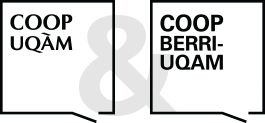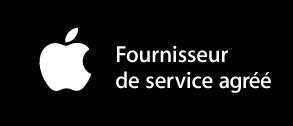
Choices in Approaching Conflict : Principles and Practice of Dispute Resolution, 2nd Edition
Ewert, Charles / Barnard, Gordon / Laffier, Jennifer / Maynard, Michael
Éditeur : Emond Publishing
ISBN papier: 9781772554953
Parution : 2019
Code produit : 1379715
Catégorisation :
Livres /
Droit et sciences juridiques /
Droit et sciences juridiques /
Ouvrages généraux
Formats disponibles
| Format | Qté. disp. | Prix* | Commander |
|---|---|---|---|
| Livre papier | En rupture de stock** |
Prix membre : 88,35 $ Prix non-membre : 93,00 $ |
*Les prix sont en dollars canadien. Taxes et frais de livraison en sus.
**Ce produits est en rupture de stock mais sera expédié dès qu'ils sera disponible.
Description
Choices in Approaching Conflict, 2nd Edition is a practical resource for those in fields that use elements of dispute resolution and mediation in their daily practice. The author team draws on their backgrounds in law, business, criminal justice, and education to explore various approaches and best practices from multiple angles. This widely applicable text will help readers develop skills in problem solving, collaborating, negotiating, and perspective taking, which they can leverage in careers in fields such as law, human resources, social services, education, business, and more. This is done by first defining what conflict is and analyzing its inception, causes, and escalation. Readers will then learn the major processes involved in meeting and dealing with conflict. Next, the text details the skills and knowledge necessary for promoting solutions to disputes. And finally, readers will see how they can actually apply these strategies and ideas to their practice through case studies, examples, and exercises. With these theories and tools, readers will have a clear understanding of the influences and processes that impact conflict resolution and be better equipped to handle issues that may arise. Features •Restructured table of contents to better suit a 14-week teaching term •New chapter on arbitration •New scenarios, exercises, and role-plays in each chapter •New sidebar feature that highlights brief case studies •Added coverage of emerging topics, including emotional intelligence, cultural competency, and agents of change •Images and charts to demonstrate more abstract concepts •PowerPoint presentations and instructor’s guide for adopting instructors






















